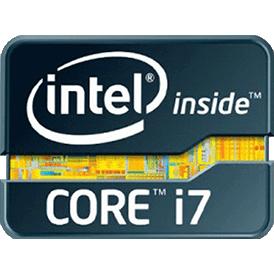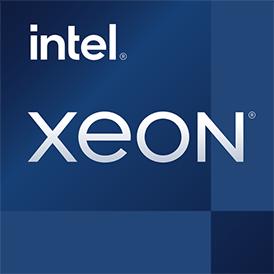 Geekbench 3, 64bit (Multi-Core)
Geekbench 3, 64bit (Multi-Core)
|
|
Intel Core i7-3930K
6C 12T @ 3.2 GHz
|
20711
|
|
|
Intel Xeon E3-1235L v5
4C 4T @ 2.0 GHz
|
8117
|
 Estimated results for PassMark CPU Mark
Estimated results for PassMark CPU Mark
|
|
Intel Core i7-3930K
6C 12T @ 3.2 GHz
|
8254
|
|
|
Intel Xeon E3-1235L v5
4C 4T @ 2.0 GHz
|
5008
|
 Geekbench 5, 64bit (Multi-Core)
Geekbench 5, 64bit (Multi-Core)
|
|
Intel Core i7-3930K
6C 12T @ 3.2 GHz
|
4576
|
|
|
Intel Xeon E3-1235L v5
4C 4T @ 2.0 GHz
|
2859
|
 Geekbench 3, 64bit (Single-Core)
Geekbench 3, 64bit (Single-Core)
|
|
Intel Core i7-3930K
6C 12T @ 3.2 GHz
|
3542
|
|
|
Intel Xeon E3-1235L v5
4C 4T @ 2.0 GHz
|
3198
|
 Cinebench R15 (Multi-Core)
Cinebench R15 (Multi-Core)
|
|
Intel Core i7-3930K
6C 12T @ 3.2 GHz
|
915
|
|
|
Intel Xeon E3-1235L v5
4C 4T @ 2.0 GHz
|
401
|
 Geekbench 5, 64bit (Single-Core)
Geekbench 5, 64bit (Single-Core)
|
|
Intel Xeon E3-1235L v5
4C 4T @ 2.0 GHz
|
864
|
|
|
Intel Core i7-3930K
6C 12T @ 3.2 GHz
|
778
|
 Cinebench R15 (Single-Core)
Cinebench R15 (Single-Core)
|
|
Intel Core i7-3930K
6C 12T @ 3.2 GHz
|
129
|
|
|
Intel Xeon E3-1235L v5
4C 4T @ 2.0 GHz
|
126
|
 Cinebench R11.5, 64bit (Multi-Core)
Cinebench R11.5, 64bit (Multi-Core)
|
|
Intel Core i7-3930K
6C 12T @ 3.2 GHz
|
10.2
|
|
|
Intel Xeon E3-1235L v5
4C 4T @ 2.0 GHz
|
4.4
|
 Cinebench R11.5, 64bit (Single-Core)
Cinebench R11.5, 64bit (Single-Core)
|
|
Intel Xeon E3-1235L v5
4C 4T @ 2.0 GHz
|
1.6
|
|
|
Intel Core i7-3930K
6C 12T @ 3.2 GHz
|
1.5
|

